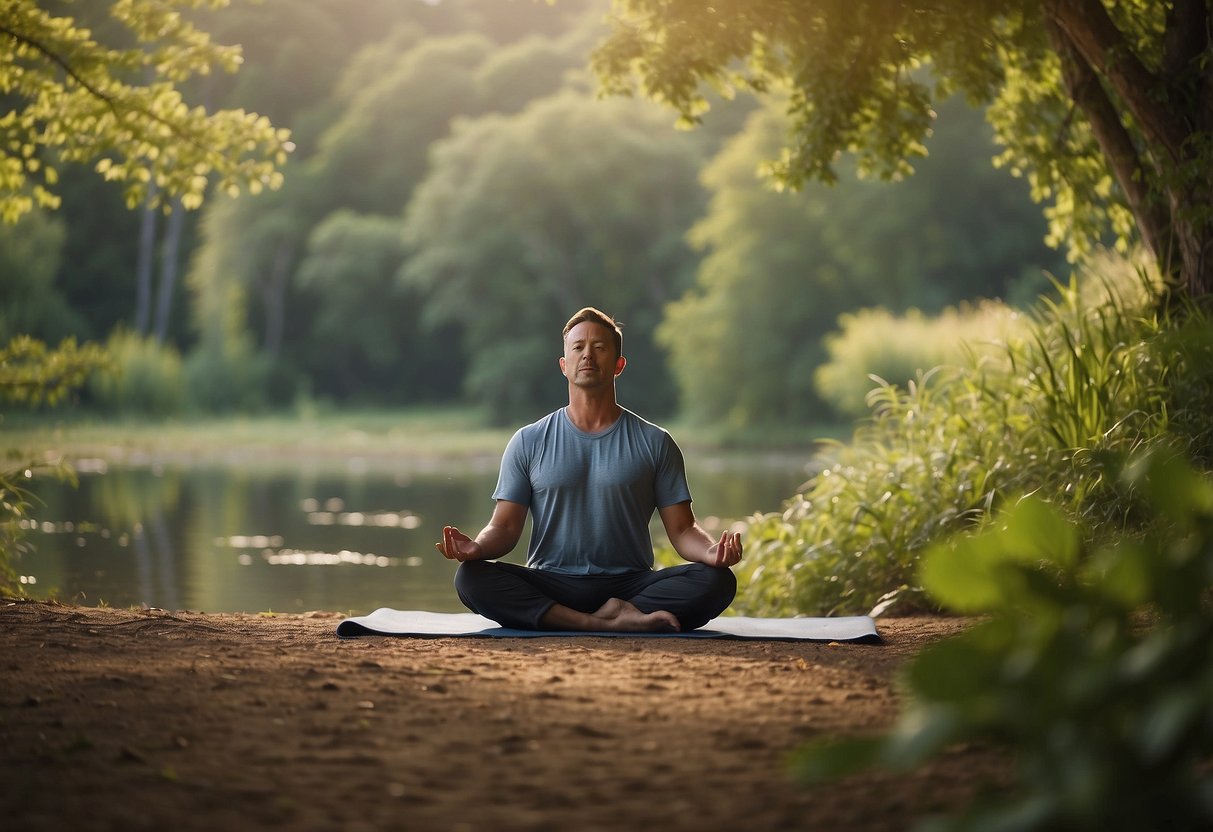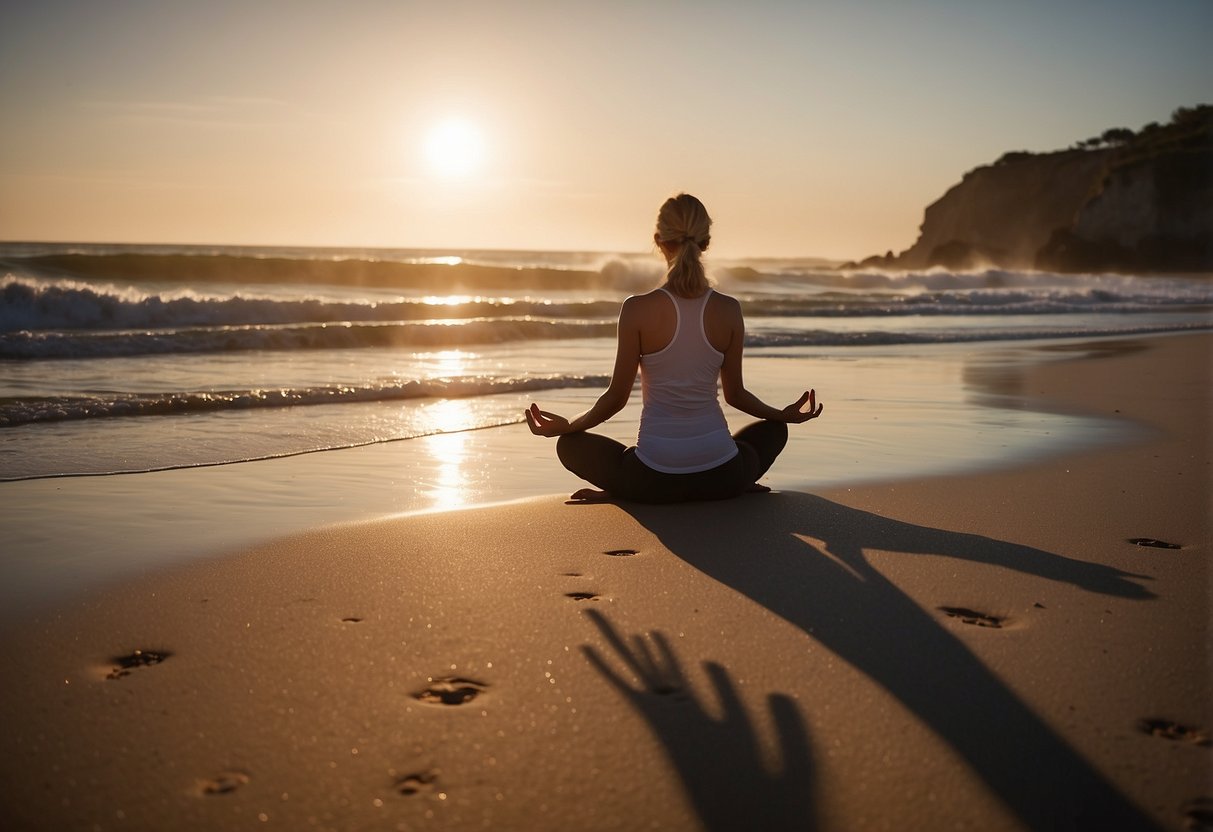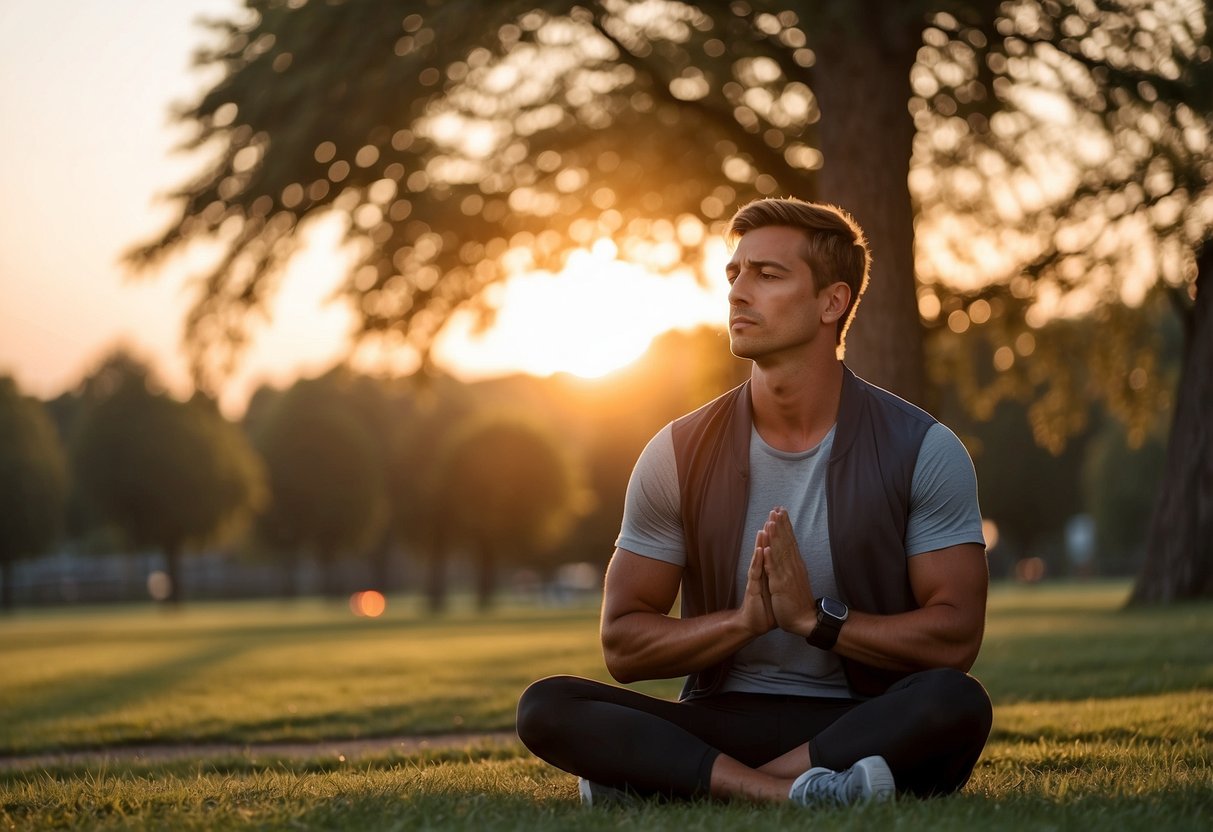
Incorporating Mindfulness into Routine Activities
Incorporating mindfulness into everyday exercise can improve focus and presence. This practice can transform how individuals approach physical activity and daily tasks.
Mindful Breathing Techniques
Mindful breathing techniques involve paying close attention to one’s breath. It starts with inhaling deeply through the nose, allowing the air to fill the lungs completely. This is followed by a slow exhale through the mouth. This cycle helps in achieving a state of calm and focus.
During physical activity, such breathing can enhance performance by increasing oxygen flow. Incorporating breathing exercises into warm-ups or cooldowns can also reduce stress and improve relaxation. Practicing these techniques regularly can make them second nature.
Cultivating Presence During Physical Activity
Cultivating presence means focusing entirely on the current moment. Rather than allowing the mind to wander, attention is centered on physical sensations and movements. This can be achieved by deliberately noting the feeling of muscles contracting while lifting weights or the rhythm of feet hitting the pavement during a run.
Single-tasking is crucial here; avoiding multitasking allows for a deeper engagement with the activity. Staying present helps in achieving better form, reducing the risk of injury, and making workouts more enjoyable. Concentrating on each movement ensures a mindful and effective exercise routine.
Mindful Movement Practices

Incorporating mindfulness into exercise involves focusing on the present moment and being aware of each movement. This can be achieved through practices such as yoga and tai chi, which blend physical activity with mental awareness.
Yoga and Mindfulness
Yoga is a practice that integrates postures, breathing exercises, and meditation. It is designed to promote balance, flexibility, and relaxation. Practitioners are encouraged to focus on their breathing and the sensations in their body as they move through different poses. By paying close attention to these aspects, individuals can stay present and cultivate mindfulness.
In yoga, the emphasis on connecting breath with movement helps to create a meditative state. Poses can be adapted to suit different levels of ability, making yoga accessible to a wide range of people. Regular practice encourages a deeper awareness of the body’s capabilities and limitations, which can enhance overall physical and mental well-being.
Tai Chi and Gentle Movement
Tai chi is a form of martial arts that involves slow, deliberate movements and deep breathing. This gentle exercise is often described as “meditation in motion” due to its focus on mindfulness. Practitioners move gracefully through a series of poses, maintaining awareness of their body and breath at all times.
The flowing movements of tai chi promote relaxation and reduce stress. It is particularly beneficial for improving balance and coordination. As with yoga, tai chi can be tailored to fit different fitness levels, making it a versatile option for cultivating mindful movement. The practice fosters a sense of calm and enhances mental clarity, contributing to overall wellness.
Harnessing Attention During Exercise

Mindful exercise depends heavily on the ability to concentrate and manage distractions. Focusing on each movement and maintaining an awareness of thoughts and feelings can significantly enhance the effectiveness of workouts.
The Role of Concentration in Mindful Exercise
Concentration is essential in mindful exercise as it helps individuals to stay present in each moment. Paying close attention to muscle engagement and breathing patterns ensures better form and more efficient movements. This deep level of focus allows a person to perform exercises with greater precision, reducing the risk of injury and improving overall performance.
By concentrating on physical sensations, individuals can become more aware of their body’s limitations and strengths.
Overcoming Distraction and Maintaining Focus
Distractions can disrupt the flow of mindful exercise, making it difficult to stay present. External factors like noise, interruptions, or internal distractions such as wandering thoughts can divert attention. It’s important to create a focused environment, free from unnecessary distractions, to maintain concentration on the task at hand.
Techniques like setting specific goals for each session and practicing mindful breathing can help regain and sustain focus. Finding a quiet space or using tools like headphones can minimize external disruptions, allowing for deeper engagement with the exercise routine.



